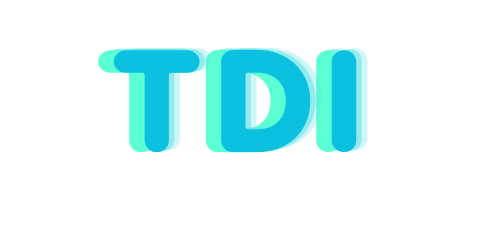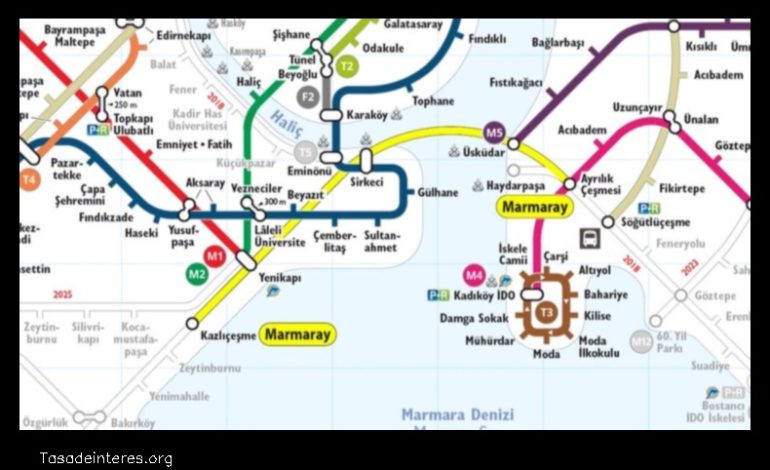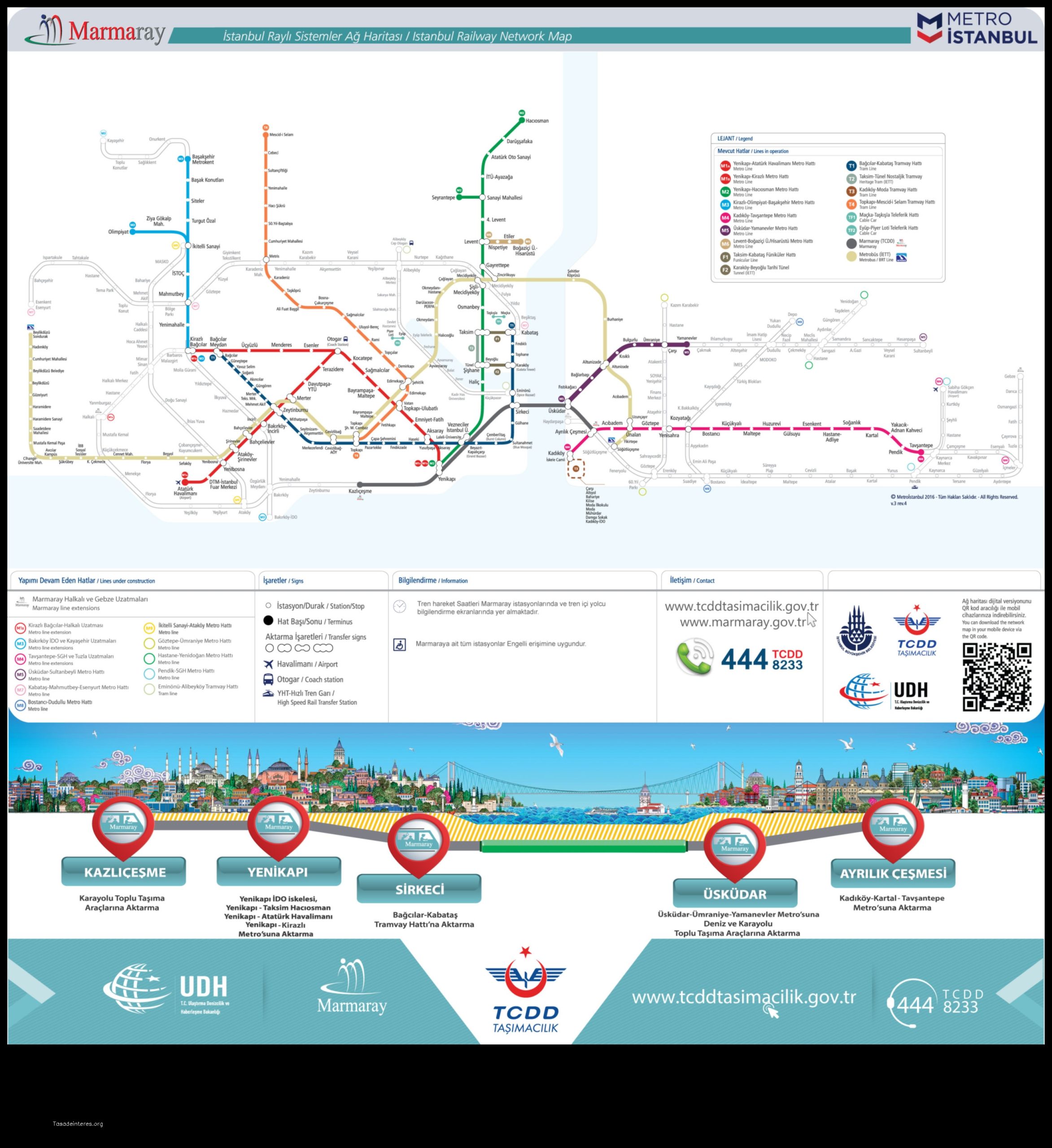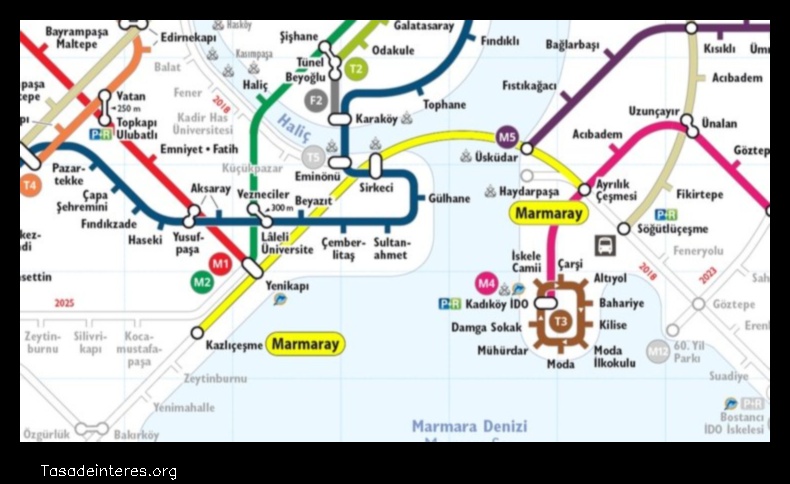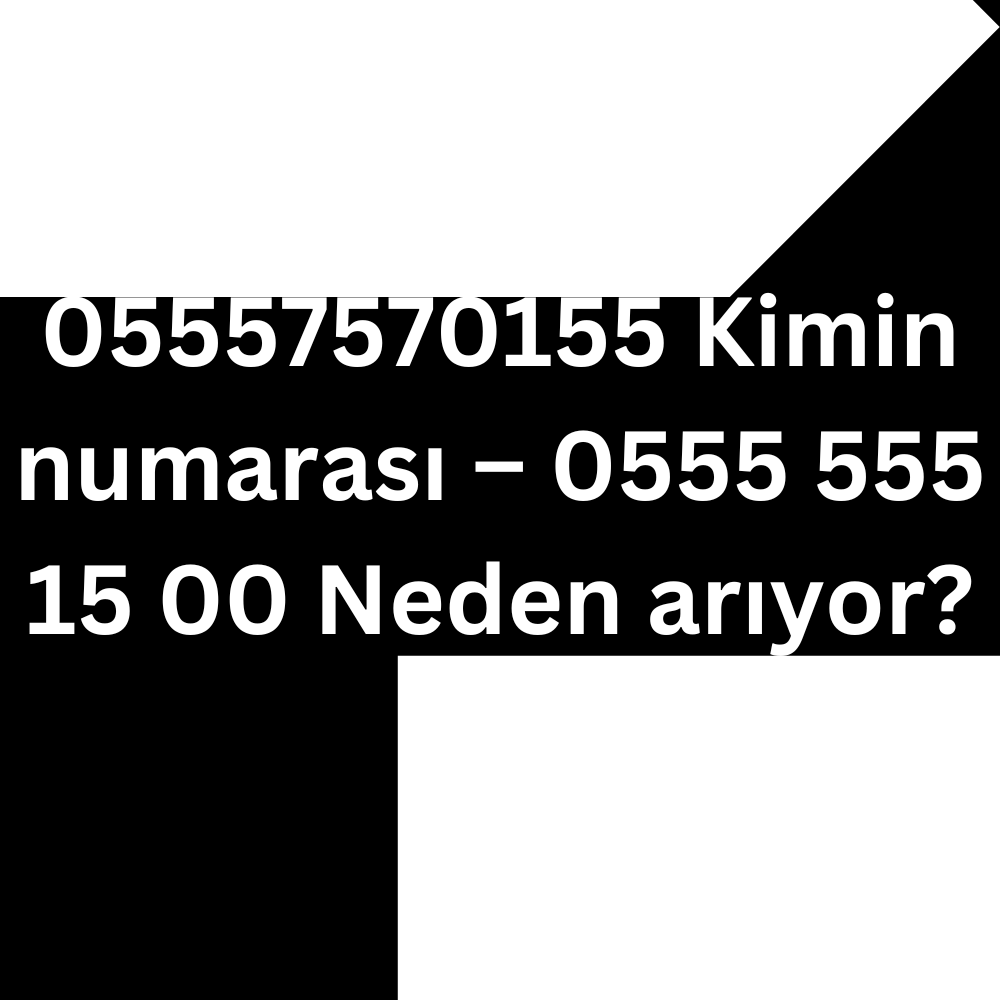Tarot Card Reading: A Guide
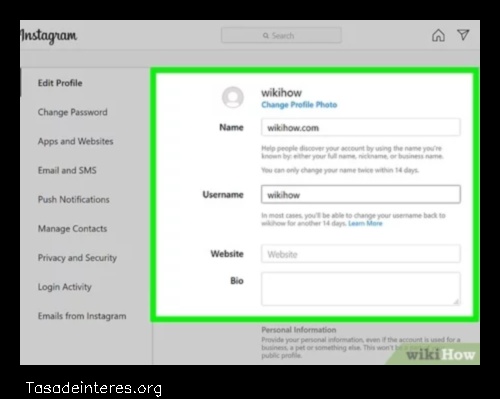
Tarot Card Reading: A Guide to Understanding the Art of Divination
Tarot card reading is a practice that has been around for centuries, and it continues to be popular today. Tarot cards are a type of divination tool that can help people gain insight into their lives and the world around them. They are often used to answer questions, provide guidance, and offer clarity on a range of issues.
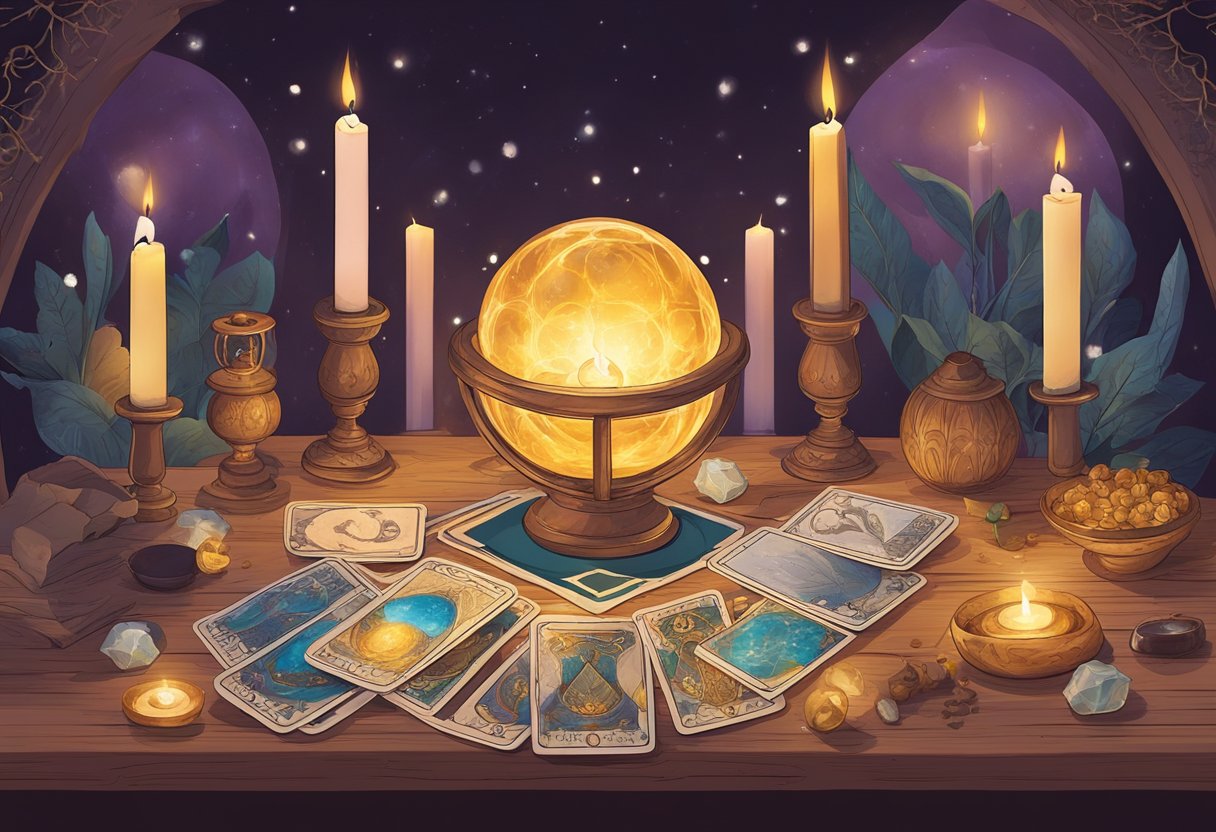
At its core, tarot card reading is about tapping into one’s intuition and connecting with a higher power. The cards themselves are a tool for this process, but they are not the only factor. A skilled tarot reader will also bring their own knowledge, experience, and intuition to the table, helping to interpret the cards in a way that is meaningful and relevant to the person receiving the reading.
While some people may be skeptical of tarot card reading, many others find it to be a valuable tool for personal growth and self-discovery. Whether you are seeking guidance on a specific issue or simply looking to gain a deeper understanding of yourself and the world around you, tarot card reading can be a powerful tool for transformation and insight.
History of Tarot Cards
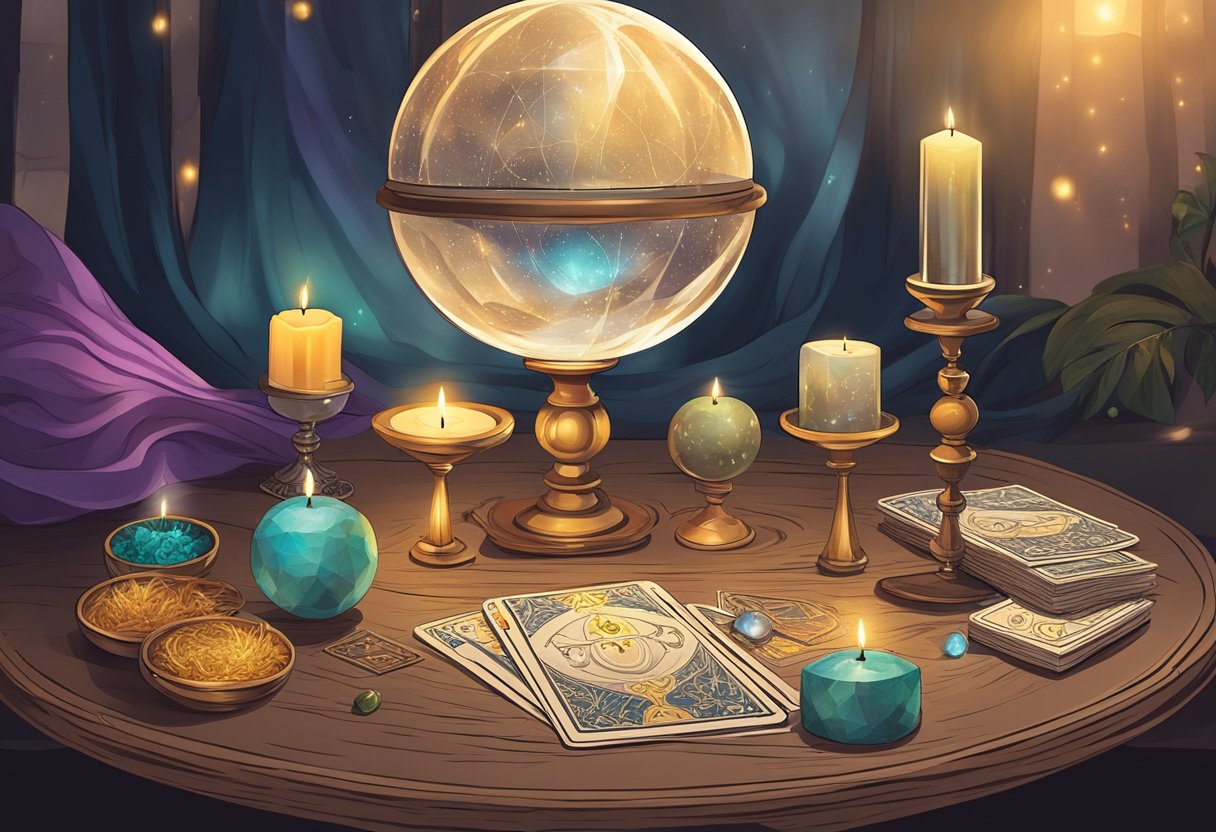
Tarot card reading has been around for centuries and has a rich history that spans across different cultures. In this section, we will explore the origins and evolution of tarot cards and their cultural significance.
Origins and Evolution
The exact origin of tarot cards is uncertain, but it is believed that they were first used in Italy during the 14th century. At that time, tarot cards were primarily used for playing games rather than divination. The earliest known tarot deck, known as the Visconti-Sforza deck, was created in the 15th century and consisted of 78 cards.
Over time, tarot cards began to be used for divination and spiritual purposes. In the late 18th century, French occultist Jean-Baptiste Alliette, also known as Etteilla, published the first book on tarot card reading and developed a divinatory system using the cards. This system was later expanded upon by other occultists, including Aleister Crowley and Arthur Edward Waite, who created the popular Rider-Waite-Smith deck.
Today, there are many different types of tarot decks available, each with their own unique designs and meanings.
Cultural Significance
Tarot cards have played a significant role in many cultures throughout history. In Italy, where tarot cards originated, they were used for playing games and were often decorated with images of famous figures from Italian history and mythology.
In other cultures, such as France and England, tarot cards were associated with the occult and were used for divination and spiritual purposes. In the 19th and early 20th centuries, tarot cards became popular among members of secret societies and occult groups, such as the Hermetic Order of the Golden Dawn.
Today, tarot card reading is practiced all over the world and is often used as a tool for self-discovery and spiritual growth. Many people find that tarot cards can provide insight into their lives and help them navigate difficult situations.
Understanding Tarot Decks
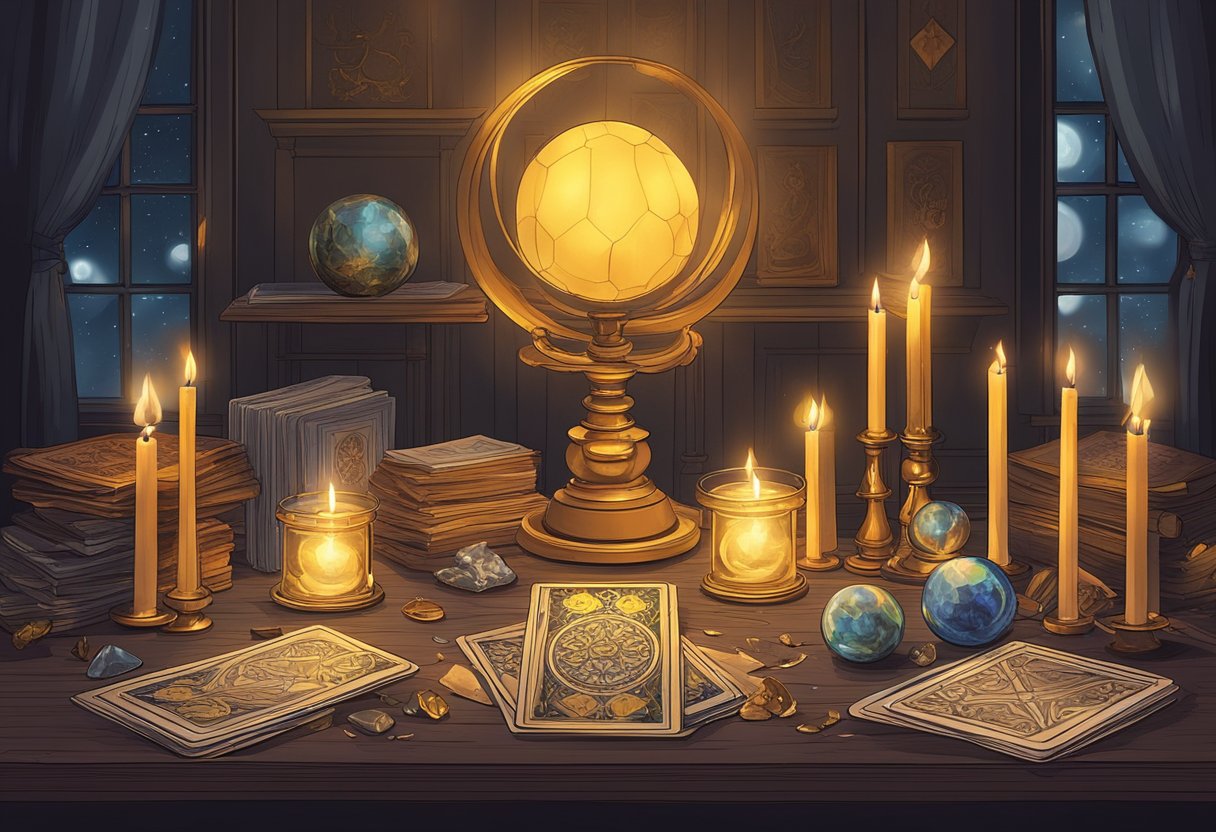
Tarot cards are a powerful tool for divination, self-discovery, and personal growth. They are a deck of 78 cards, each with its own unique imagery and symbolism. Understanding the different types of cards in a tarot deck is essential for anyone looking to learn how to read tarot cards.
Major Arcana Cards
The Major Arcana cards are the 22 trump cards of the tarot deck. They are the most significant cards in the deck and are often seen as representing major life events or archetypes. These cards include The Fool, The Magician, The High Priestess, The Empress, The Emperor, The Hierophant, The Lovers, The Chariot, Strength, The Hermit, The Wheel of Fortune, Justice, The Hanged Man, Death, Temperance, The Devil, The Tower, The Star, The Moon, The Sun, Judgment, and The World.
Minor Arcana Cards
The Minor Arcana cards are the remaining 56 cards in the tarot deck, divided into four suits: Wands, Cups, Swords, and Pentacles. Each suit has 14 cards, including 10 numbered cards and 4 court cards (Page, Knight, Queen, and King). These cards represent the day-to-day events and experiences in our lives.
Card Imagery and Symbols
The imagery and symbols on each tarot card are essential to understanding its meaning. Each card has a unique combination of symbols, colors, and images that convey a specific message. For example, The Fool card often depicts a young, carefree person standing at the edge of a cliff, symbolizing new beginnings and taking risks. The High Priestess card often shows a woman sitting between two pillars, representing intuition and hidden knowledge.
By understanding the symbols and imagery on each card, a tarot reader can interpret the meaning of the card in the context of a reading. It is essential to note that the interpretation of each card can vary depending on the reader and the situation.
In conclusion, understanding the different types of cards in a tarot deck is crucial for anyone looking to learn how to read tarot cards. The Major Arcana cards represent major life events and archetypes, while the Minor Arcana cards represent day-to-day experiences. The imagery and symbols on each card are essential to understanding its meaning and interpreting it in the context of a reading.
The Tarot Reading Process
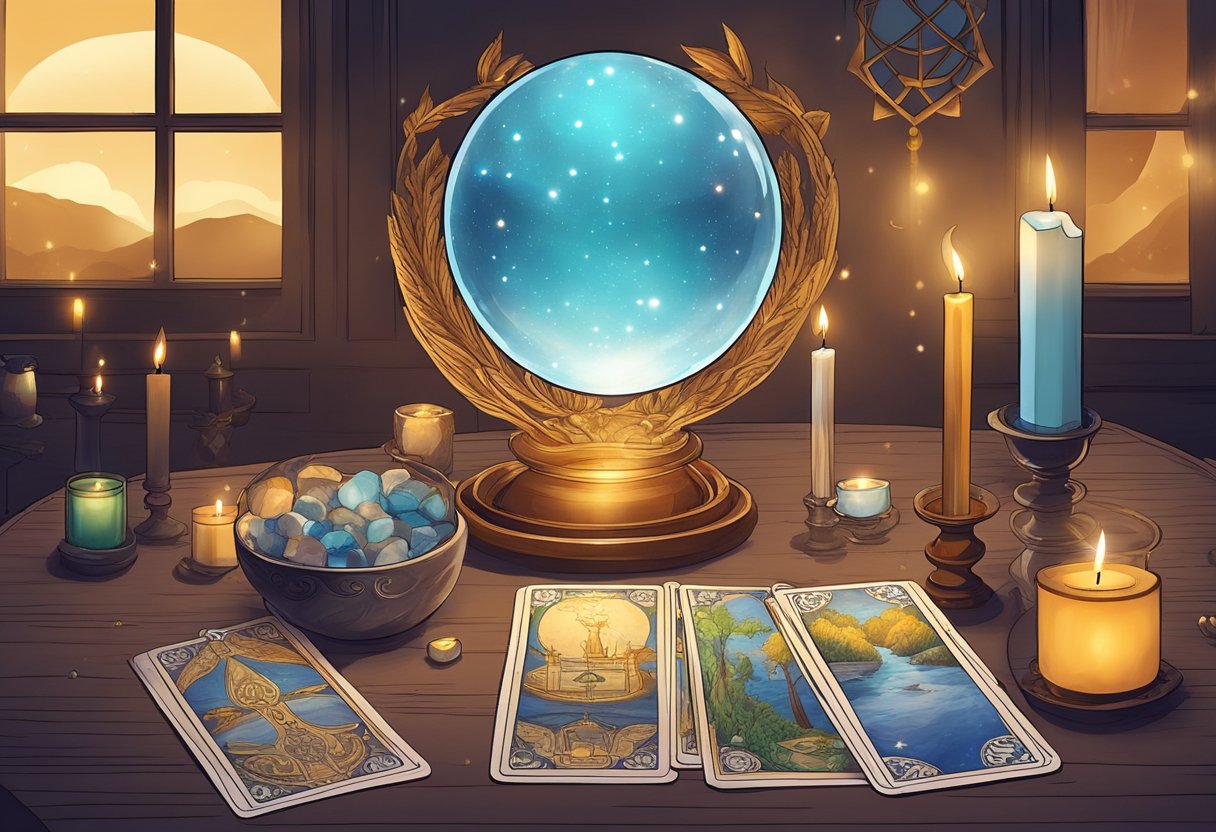
Tarot Card Reading can be a powerful tool for gaining insight and guidance in various aspects of life. The process of a Tarot Reading involves several steps that are important to follow in order to get the most out of the experience.
Choosing a Deck
The first step in the Tarot Reading process is to choose a deck that resonates with the reader. There are many different decks available, each with its own unique set of symbols and meanings. It is important to find a deck that feels comfortable and intuitive to work with.
Formulating a Question
Before beginning the Tarot Reading, it is important to formulate a clear and specific question. This question should be focused on a particular area of life and should be phrased in a way that allows for a yes or no answer or offers guidance on a specific situation.
Shuffling Techniques
Once the deck has been chosen and the question formulated, the reader should begin shuffling the cards. There are many different shuffling techniques, including overhand shuffling, riffle shuffling, and cutting the deck. The chosen technique should be one that feels comfortable and allows the reader to focus on the question at hand.
Spreading the Cards
After shuffling, the reader should spread the cards out in a specific pattern or layout, known as a spread. There are many different spreads to choose from, each with its own unique purpose and meaning. The chosen spread should be one that aligns with the question being asked and allows for a clear interpretation of the cards.
Interpreting the Cards
Once the cards have been spread, the reader should begin interpreting their meanings. Each card has its own unique symbolism and meaning, and the reader should take into account the position of each card in the spread and its relationship to the other cards. It is important to approach the interpretation of the cards with an open mind and a willingness to explore different perspectives.
Overall, the Tarot Reading process is a powerful tool for gaining insight and guidance in various aspects of life. By following these steps and approaching the process with an open mind, readers can gain a deeper understanding of themselves and the world around them.
Types of Tarot Readings
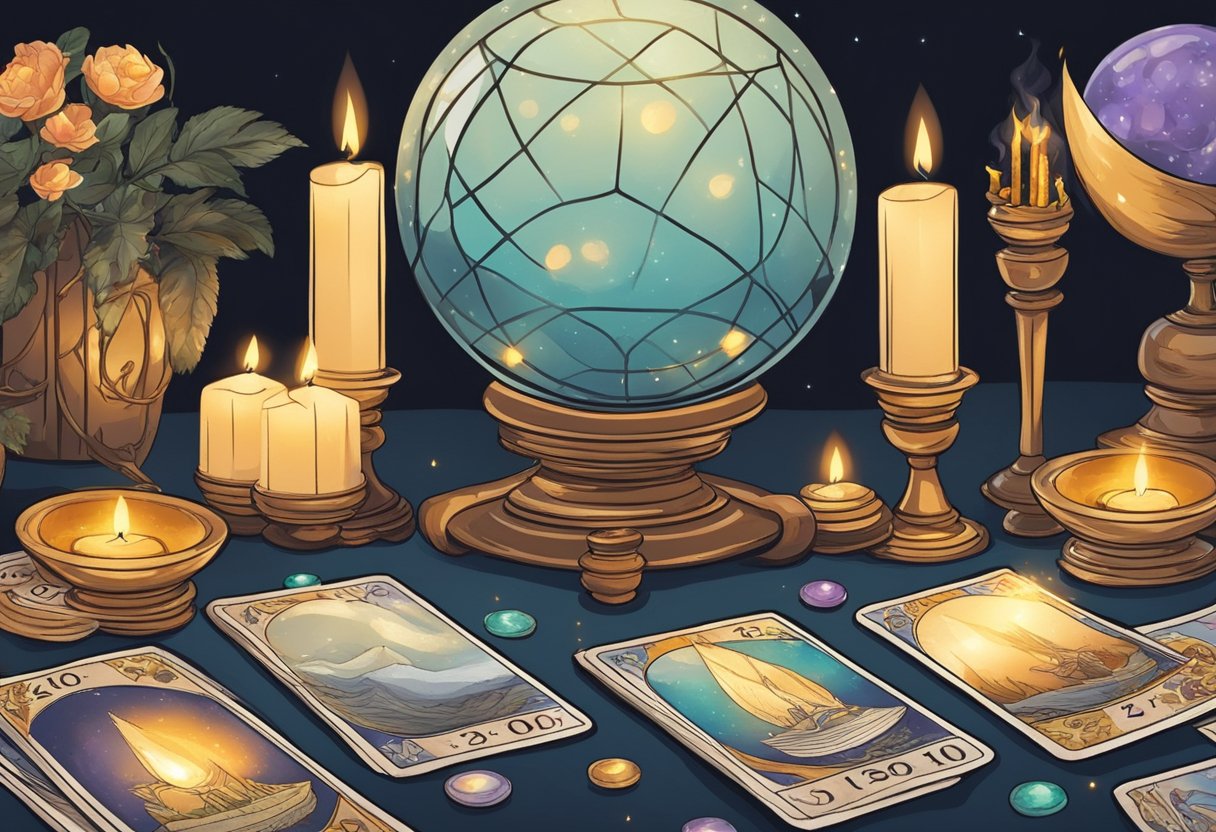
Tarot readings are a popular form of divination that can provide insight into various aspects of one’s life. There are different types of tarot readings that can be conducted depending on the specific area of life that the querent wants to explore.
Love Readings
Love readings are one of the most sought-after types of tarot readings. These readings focus on the querent’s romantic life and can provide insight into their current relationship, potential future relationships, and any obstacles that may be hindering their love life. The tarot cards used in love readings are often chosen specifically for their romantic symbolism and meanings.
Career Readings
Career readings are another popular type of tarot reading. These readings focus on the querent’s professional life and can provide insight into their current job, potential career paths, and any obstacles that may be hindering their career growth. The tarot cards used in career readings are often chosen specifically for their symbolism related to work and career.
Daily Readings
Daily readings are a quick and easy way to gain insight into the events of the day ahead. These readings are often conducted with a single card and can provide guidance on how to approach the day’s challenges and opportunities. Daily readings can be a helpful way to start the day with a clear and focused mindset.
Spiritual Readings
Spiritual readings focus on the querent’s spiritual journey and can provide insight into their personal growth and development. These readings may explore topics such as meditation, mindfulness, and connecting with one’s higher self. The tarot cards used in spiritual readings are often chosen specifically for their symbolism related to spirituality and personal growth.
Overall, there are many different types of tarot readings that can provide insight into various aspects of one’s life. Whether seeking guidance on love, career, or spirituality, tarot readings can be a helpful tool for gaining clarity and understanding.
Common Tarot Spreads
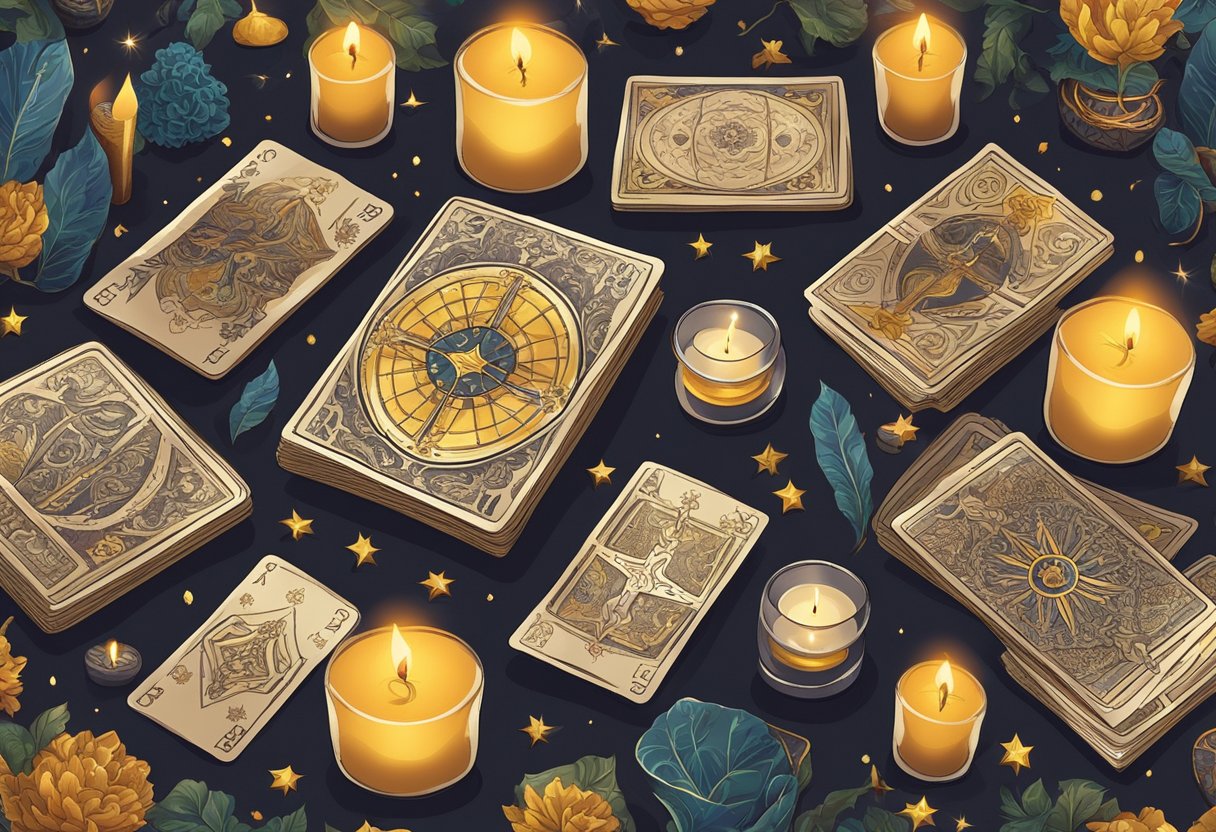
Tarot card readings involve laying out cards in a specific pattern, called a spread, to gain insight into a particular question or situation. Here are some of the most common tarot spreads:
The Celtic Cross
The Celtic Cross is one of the most well-known and widely used tarot spreads. It consists of ten cards, with each card representing a different aspect of the question or situation being explored. The spread is arranged in a cross shape, with four cards in a vertical column on the left, and six cards arranged in a horizontal row on the right.
The Three-Card Spread
The Three-Card Spread is a simple but versatile spread that can be used to gain insight into past, present, and future situations. The spread consists of three cards, with each card representing a different time frame. The first card represents the past, the second card represents the present, and the third card represents the future.
The Horseshoe Spread
The Horseshoe Spread is a more complex spread that can provide insight into a variety of different areas, including relationships, career, and personal growth. The spread consists of seven cards, arranged in a horseshoe shape. Each card represents a different aspect of the situation being explored, with the first card representing the past, the second card representing the present, and the third card representing the future.
By using different tarot spreads, a tarot card reader can gain a deeper understanding of a particular question or situation. Each spread has its own unique strengths and can provide insight into different aspects of the situation being explored.
Ethics and Responsibilities
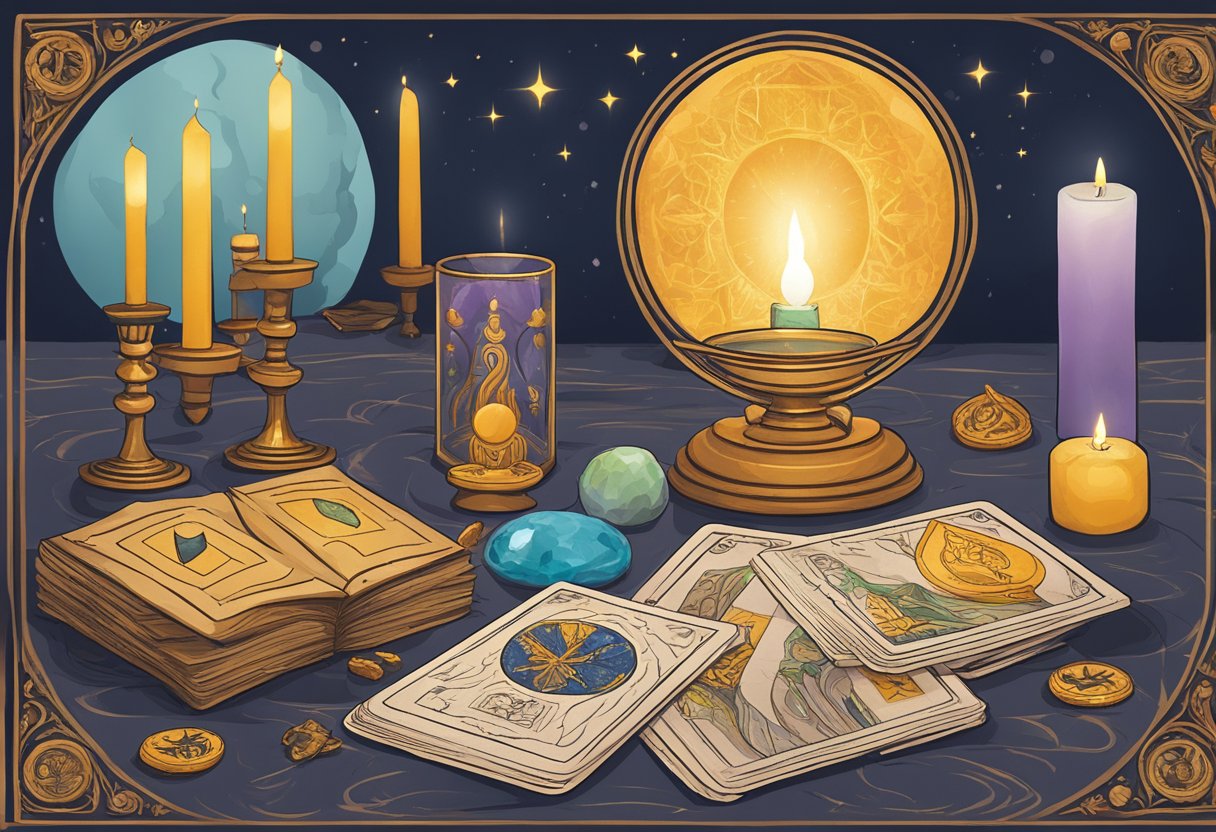
Tarot card reading is a practice that requires a great deal of responsibility and ethics. As a reader, it is important to maintain boundaries with clients, ensure confidentiality and obtain consent before conducting a reading. Here are some key considerations for tarot card readers.
Reader and Client Boundaries
It is important for tarot card readers to establish clear boundaries with their clients. This includes maintaining a professional demeanor and avoiding any inappropriate behavior or physical contact. The reader should also make it clear that they are not a licensed therapist and cannot provide medical or legal advice.
Confidentiality and Consent
Tarot card readers must respect their clients’ privacy and maintain confidentiality. This includes not sharing any personal information obtained during a reading with anyone else. Before conducting a reading, it is important to obtain the client’s consent and explain the purpose and limitations of the reading.
Dealing with Sensitive Information
Tarot card readings can sometimes reveal sensitive information about a client’s personal life. It is important for the reader to handle this information with care and sensitivity. The reader should avoid making any judgments or assumptions about the client’s situation and focus on providing guidance and support.
Overall, tarot card reading is a practice that requires a great deal of responsibility and ethics. By establishing clear boundaries, respecting confidentiality and handling sensitive information with care, tarot card readers can provide a valuable service to their clients.
